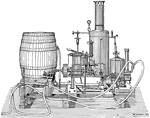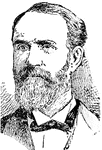Clipart tagged: ‘Wilson’
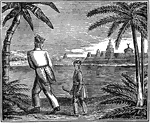
Escape of Captain Wilson
The remarkable escape and sufferings of Captain Wilson. Captain James Wilson was the first to bring…
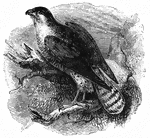
Goshawk
"The American goshawk &mdash the black-cap haw of Wilson &mdash A. atricapillus which has been…

Bombardment of Island No. 10
"Bombardment of Island No. 10 and the fortifications opposite, on the Kentucky Shore, by the Federal…
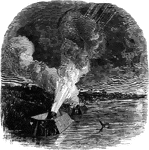
Siege of Island
"Siege of Island No. 10, on the Mississippi River- night bombardment by the Federal mortar boats, ten…
